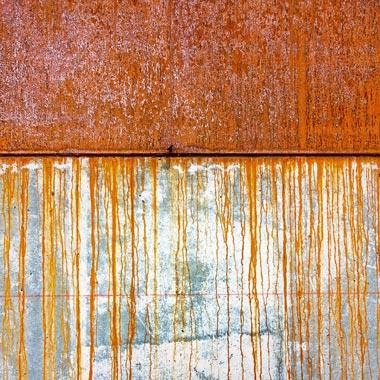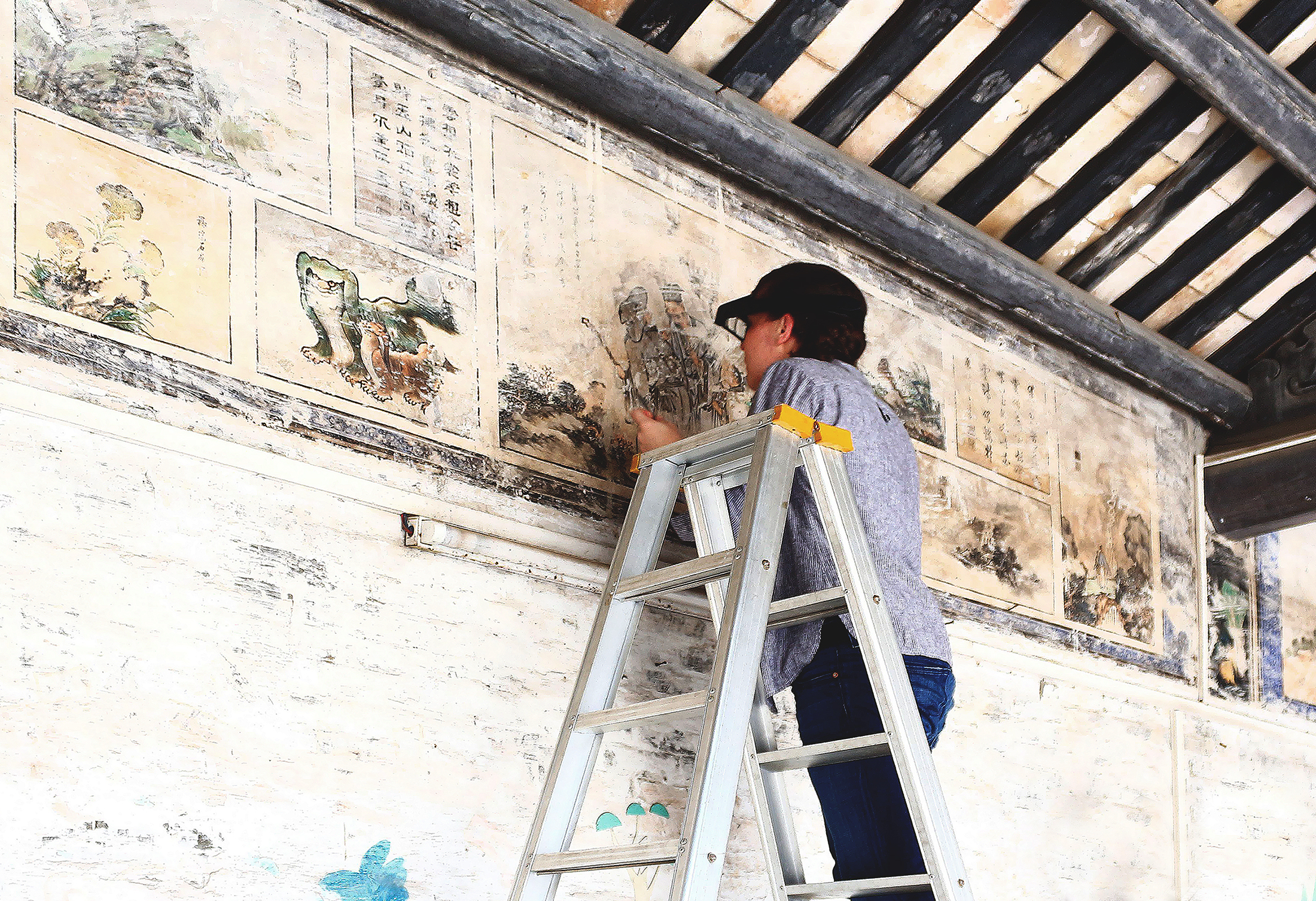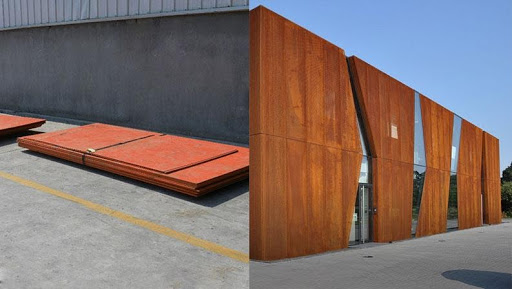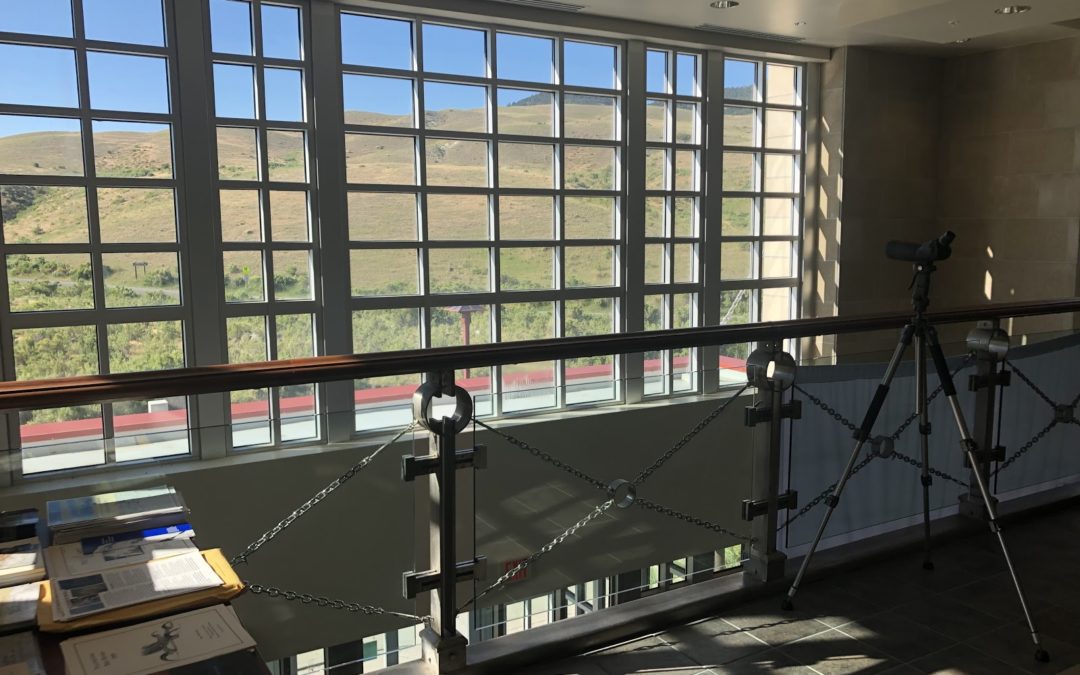Blog Post #2 – Steel? Weathering Steel?
By Héctor J. Berdecía-Hernández, Assoc. AIA
Materials Conservation Assistant, National Center for Preservation Technology and Training (NCPTT)
What is steel? How is it used? Why is weathering Steel -Corten a popular contemporary material? First, steel is what is known as an alloy, or a combination of two or more metallic elements. The development of alloy metals by humans has been done for centuries, and it is intended to provide further strength or resistance to corrosion. Steel is an alloy of iron and small amounts of carbon (around 2%). Historical records point out its first developments in the 19th century in England, but it is widely recognized that its full development occurred between the 1930s and 1970s. Steel is nowadays the most commonly used material for building the world’s infrastructure and industries.
Based on chemical composition, steels can be grouped into three major classes: carbon steels, low-alloy steels, and high-alloy steels. The major component of steel is iron, a metal that, in its pure state, is not much harder than copper. Adjusting the carbon content is the simplest way to change the mechanical properties of steel. The addition of other alloy elements can also permit tempering at higher temperatures, which generates better ductility of the steel at the same hardness and strength. There are several thousand steel grades, either published, registered or standardized worldwide, all of which have different chemical compositions. All these different types of steel have many possible heat treatments, microstructures, cold-forming conditions, shapes, and surface finishes. One famous example is the commonly known stainless steel.
Weathering steel, referred to by the trademark COR-TEN steel and Corten steel, is a low-carbon steel alloy developed to eliminate the need for painting and forms a stable rust-like appearance after several years’ exposure to weather. Its first developments in the United States dates to 1933 by the U.S. Steel. Weathering steel makes up the first and earliest of six current classes of high-strength, low-alloy steels. Weathering steel is considered the strongest and 4 to 8 times more resistant to atmospheric corrosion than plain low-carbon steels. A unique feature of weathering steels is that as a result of exposure to outdoors, they develop a thin brown patina, which differs in appearance, composition, and structure from other types of rusts. This patina turns orange with time on constant exposure to wetting and drying cycles, then becomes reddish-brown. The patina becomes dark brown after a year of exposure and especially in urban settings.

Formation of the protective layer of weathering steel – Source: https://www.everbritecoatings.com/rusted_metal.htm
If properly maintained, weathering steel can be left outdoors without any painting. These properties made Corten steel an ideal material for outdoor contemporary art, mostly sculptures, and architectural features. Since the 1960s, articles in professional journals began to promote special design features for corten steel.

Even though it is a durable and robust material, exposure of weathering steel to extremely corrosive environments (such as coastal and tropical-coastal) can result in damage and failure of the material. The protective rust needs constant wetting and drying cycles to maintain itself, but if the corten steel is wetted but not dried, the protective layer erodes and corrosion proceeds. Failure usually results from extensive corrosion due to an extended time of wetness or poor design.

Architectural uses of weathering steel – Source: https://www.csteelindia.com/corten-b-steel-plate-supplier-exporter.html
Since my research aims to preserve the integrity of the corten steel protective layer, in the next blog, I’m going to talk in detail about how that protective layer deteriorates and studied deterioration patterns.
REFERENCES
Acosta, V., Modern Metals in Cultural Heritage: Understanding and Characterization (Los Angeles, CA: Getty Conservation Institute, 2019), 88-94.
Jester, T., Ed. Twentieth Century Building Materials: History and Conservation (Los Angeles, CA: Getty Conservation Institute, 2014), 39-44.
Encyclopedia Britannica, Weathering Steel, https://www.britannica.com/technology/weathering-steel
Corten.com, What is Corten?, https://www.corten.com/frequently-asked-questions.html

